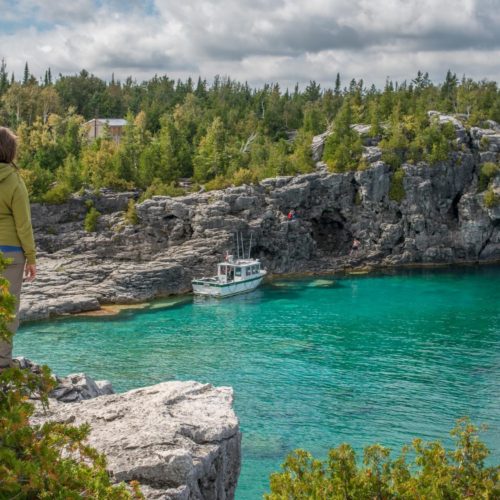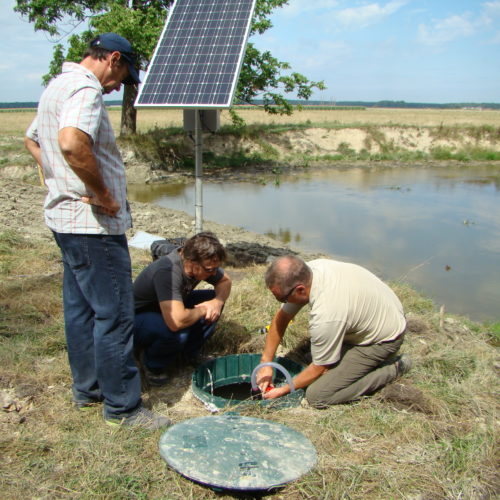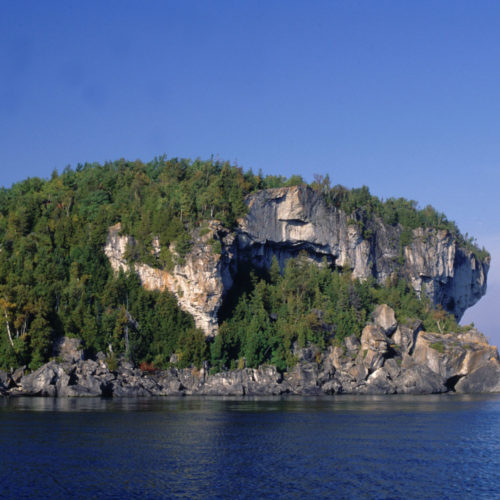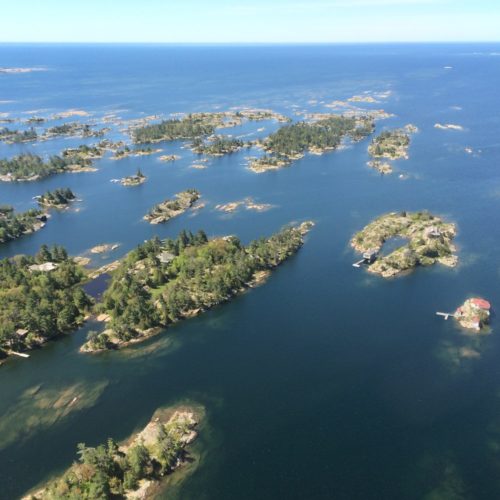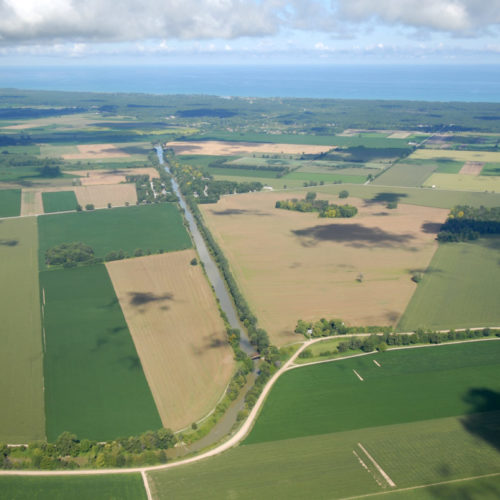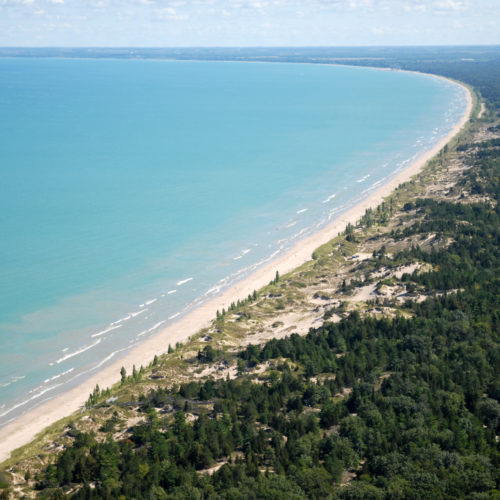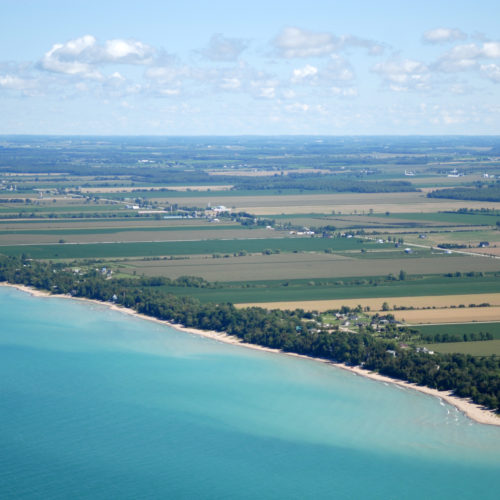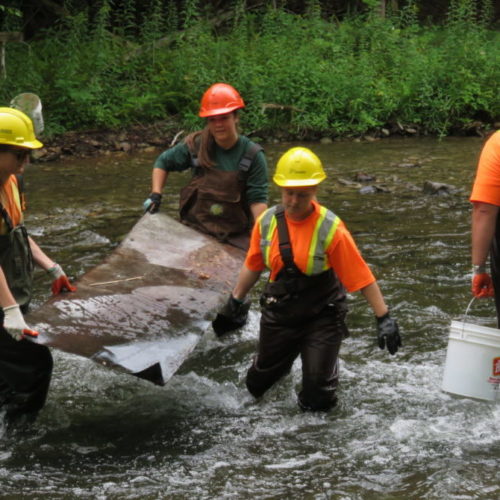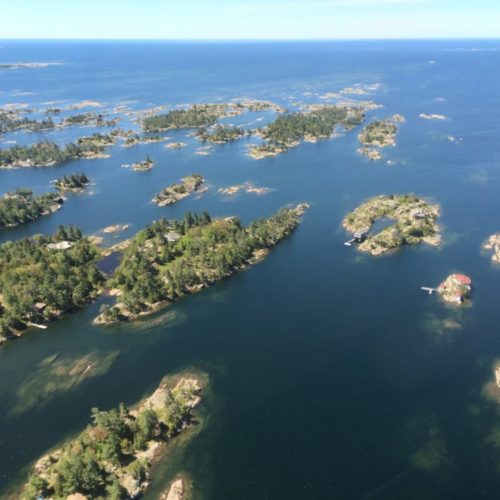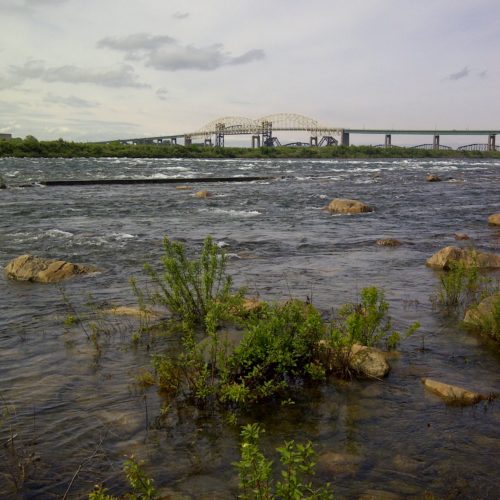Regional Actions
Education
- Provide key message linking individuals to watersheds to Lake Huron through press releases, fact sheets etc:
- Canada Ontario Agreement
- Great Lakes biodiversity blueprint
- The State of the Lake Ecosystem Conferences (SOLEC) are hosted by the U.S. Environmental Protection Agency and Environment Canada on behalf of the two countries.
These conferences are held every two years in response to a reporting requirement of the binational Great Lakes Water Quality Agreement (GLWQA). The goal of SOLEC is to achieve the overall purpose of the GLWQA “to restore and maintain the physical, chemical and biological integrity of the Great Lakes Basin”.
Community Involvement
- Organize conferences and disseminate research for decision makers that work and live in the Lake Huron Basin
- Provide a forum for local agencies to collaborate projects and programs together – through this is the website. See links for people and partners in the Lake Huron watershed
- Find funds to support local initiatives:
- Trillium Foundation
- Environment Canada EcoAction Community Funding Program
Take Action
- Continue to recognize and support the role of the individual in enhancing and protecting the Lake Huron Watershed. Fund programs such as the Environmental Farm Plan
- Ensure key existing policies are harmonized to protect and enhance the lake
- Prioritize and protect natural areas that are important at the Lake Huron scale – biodiversity strategy
- Upgrade wastewater infrastructure across the basin
Monitoring
- Coordinate monitoring of key indicators and research (SOLEC) and provide a report-back system:
- Lake Huron Environmental Objectives Great Lakes Fisheries Commission
- Great Lakes Fisheries Commission Fish Community Objectives for Lake Huron
- Coordinate and compile stewardship actions from around the lake
